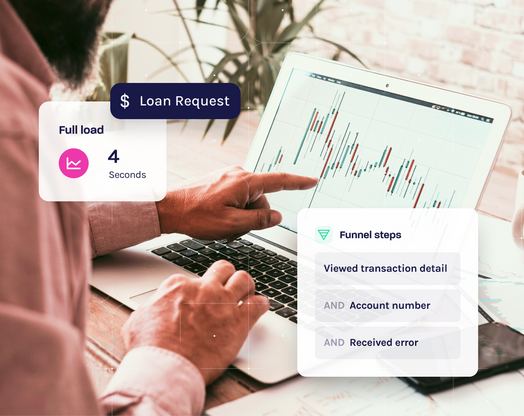
5 ways to improve digital customer experience
Every journey a potential buyer takes on your website, app or other digital channel can make or break a sale. Almost 70% of customers say their standard for good experiences is higher than ever. In this post, we’ll provide five ways how to improve digital customer experience to meet – and exceed – customer expectations and keep them coming back for more.
1. Get to know your customers better
Understanding your customers’ wants and needs requires a comprehensive approach and ideally is integrated into your digital strategy. In fact, 77% of customers expect companies to understand their needs. The best place to start is a customer journey map, which charts out each buyer’s persona, behaviors and pathways to a sale. Beyond data analytics, you can also gain direct insights with ongoing voice of the customer surveys, net promoter scores (NPS) and other sources of feedback to improve experiences on a regular basis, and that tell your customers, “I am listening.”
2. Invest in a seamless omnichannel environment
Beyond a customer’s journey to a sale, the list of touchpoints they interact with at any one time is growing. More than half of customers engage with three to five channels during their buying journey, and there is no linear pathway. Whether it’s filling out a website contact form, a live chat on a mobile app or calling customer service, customers want your attention when and where they are at that moment. They also expect a seamless, branded experience while they’re doing it. The biggest customer complaint is having to re-explain problems to multiple people, so an omnichannel, unified customer service should be high on the priority list.
3. Build deeper connections through personalization
It’s not just about knowing which channels your customers are on and their experience, it’s also about treating them as individuals. Ninety percent of customers are more likely to buy from a business that personalizes their experiences. Almost three-quarters of consumers will only engage with personalized messaging, for instance. Tactics can include custom product recommendations based on past browsing behavior, outreach (on their favorite channel) when a past purchase is on sale and enabling them to connecting with your business in the way they want. Even better, the more tailored an experience you provide, the more willing customers will share their data with you – and that pays off for them and for you.
4. Optimize for mobile
The “mobile first” consumer directive is only going to increase. Smartphone users spend 88% of their time on apps and expect it to be fast, easy and friction-free. And they won’t hang around to find out otherwise. If a mobile app is slow, causes crashes or any other annoyance, 68% of people will never use it again. Inadvertently, sometimes companies focus more on desktop than mobile performance because their app is an add-on to their digital presence – but don’t estimate its importance. Pay attention to all the details, such as: load time, text size, clickability and navigation. Mining key mobile analytics to learn the source of their struggles and abandonment and fixing those problems will keep your current customers coming back and increase chances of attracting new mobile app users.
5. Make purchasing easy
There’s a reason that people love Amazon: it’s a snap to buy something. More and more digital businesses are trying to capture this type of ease by providing easy pathways to purchase. This means offering multiple ways of paying, like one-click check out, quick-pay and guest check out for new customers. Also consider expanding omnichannel purchasing methods through social shopping and headless check out. No matter where your customer is, they can still buy from you. Likewise, make those returns uncomplicated, fair and flexible. Ninety percent of customers say they would buy again if the process is easy.
Go beyond standard marketing analytics
There’s no one answer to create a great digital customer experience, but Glassbox's Digital Customer Analytics solution makes it easier. Learn more by visiting glassbox.com.







